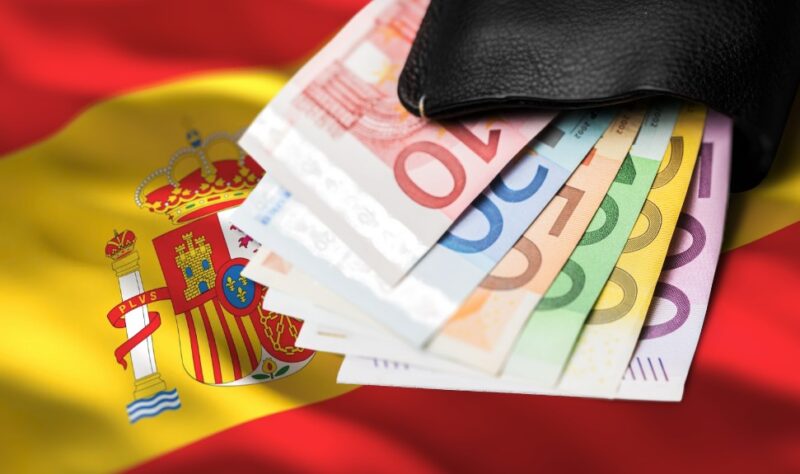Spain, a popular destination with a rich history, uses the euro as its official currency. If you’re planning a trip, you’ll find that the euro is used not only in Spain but also in 19 other European Union countries, making it convenient if you’re traveling throughout Europe.
The euro comes in both coins and banknotes, with coins ranging from one cent to two euros and notes from five to 500 euros.
You can pay directly with your debit card, withdraw euros from ATMs, or exchange your local currency, though it’s best to be aware of potential high fees and poor exchange rates for currency exchanges.
Familiarizing yourself with the different forms of the euro will help you manage your finances more effectively.
Euro as Spain’s Currency
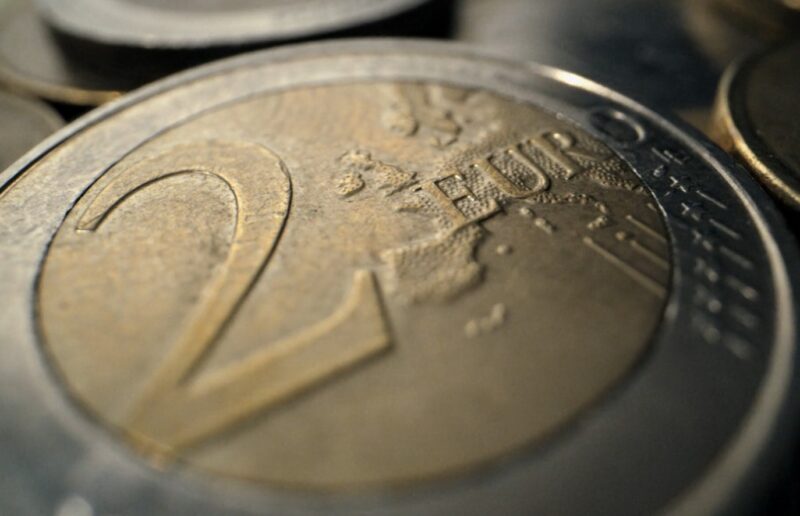
The euro, symbolized as €, is Spain’s official currency since 1st January 1999. Each euro is divided into 100 cents. When traveling in Spain, you’ll encounter both coins and banknotes in various denominations.
Denominations: Notes and Coins
The euro is divided into several denominations. You will find euro banknotes in the following values:
- €5
- €10
- €20
- €50
- €100
- €200
- €500
Smaller denominations like €5 and €10 are more common for daily use.
The higher denominations such as €200 and €500 are less frequently used.
Coins come in both euros and cents. Euro coins include €1 and €2. Cent coins come in:
- 1
- 2
- 5
- 10
- 20
- 50
Each coin and note makes it easy to handle daily expenses ranging from a quick coffee to a restaurant bill.
Exchanging Currency in Spain
When you arrive in Spain, you might need to exchange your currency. The currency code for euros is EUR.
To get the best rate, consider currency exchange stores or use online tools before your trip to compare rates. Many hotels and airports offer currency exchange services, but the rates are usually higher.
You might also find currency exchange offices in tourist areas. These usually have competitive rates but it’s always good to check before making a transaction. To save on costs, avoid last-minute exchanges and plan ahead.
Banks and ATMs
In Spain, you will find banks and ATMs almost everywhere, making it easy to withdraw euros. Most ATMs accept international cards from major networks like Visa and MasterCard.
When using an ATM, you might be offered the choice to withdraw in your home currency or euros—always choose euros to avoid additional fees.
Banks typically offer currency exchange services as well. The operating hours for banks in Spain are generally Monday to Friday, 8:30 AM to 2:30 PM, so plan accordingly.
Tracking exchange rates and knowing where to exchange your money can help you save a significant amount during your trip. Always have some small bills and coins at hand, as some places may not accept cards, especially in rural areas.
Practical Information for Using Money in Spain
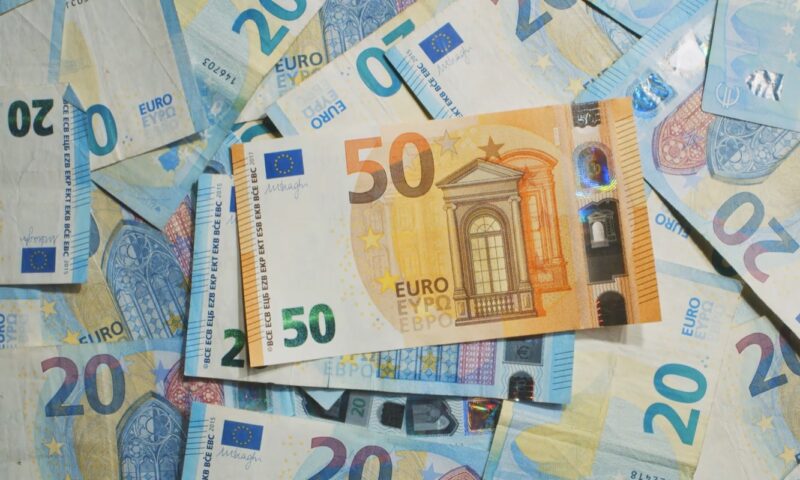
In Spain, you can easily use both cash and card for payments, but it’s necessary to be mindful of fees and tipping practices.
Here’s what you need to know for a smoother experience with your money.
Cash and Card Payments
You can pay with cash or use a debit or credit card in most places like:
- Restaurants
- Hotels
- Bars
- Taxis
Visa and Mastercard are widely accepted, while American Express is less common. ATMs are everywhere, allowing you to withdraw euros directly, though you may face fees depending on your bank.
ATMs typically offer a good exchange rate. However, exchange services at airports and tourist areas often have high fees and unfavorable rates.
Tipping and Service Charges
In Spain, tipping is appreciated but not expected. You might leave some change in cafes and bars. For restaurants and taxis, rounding up the bill is polite.
Service charges are usually included in the bill. Check your receipt to see if it’s already been added before leaving a tip.
For hotels, tipping the housekeeping staff a few euros for good service is a nice gesture but not mandatory.
Dynamic Currency Conversion and Fees
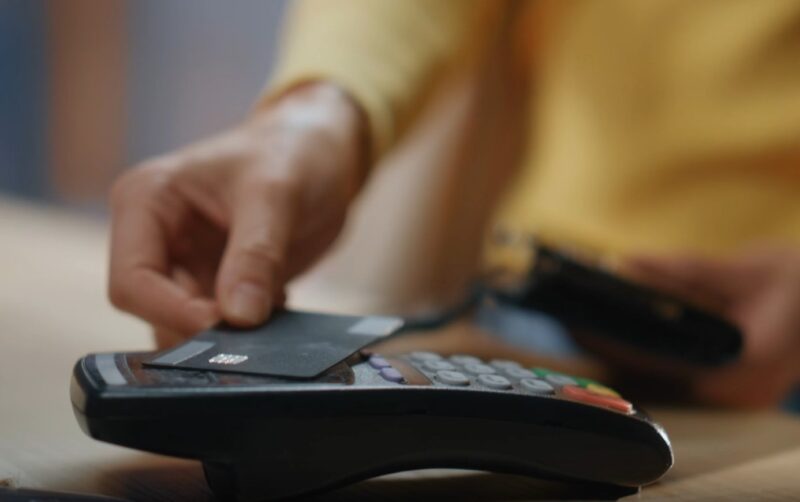
Be aware of Dynamic Currency Conversion (DCC), where you’re offered the option to pay in your home currency instead of euros. While convenient, this can lead to hidden fees and a poor exchange rate.
It’s generally better to choose to pay in euros to avoid these extra costs. Your card issuer may also have foreign transaction fees, so check the terms to know what to expect.
Using a credit card might offer better protection on purchases and potentially lower fees if your card has no foreign transaction fees. Always read the fine print before you travel to understand any commissions or charges you may face.
Travel Money Tips for Tourists
Managing your travel money is crucial when visiting Spain, from understanding the best ways to convert currency to knowing how to avoid common pitfalls. Below are some key tips to help you handle your money wisely during your trip.
Best Practices for Currency Conversion
Before traveling, check the current exchange rate to understand how much local currency you will get. Websites like Wise can be handy for finding the mid-market exchange rate, which is the most fair.
When exchanging money, it’s often cheaper to do it before you leave. Your home bank can provide better rates and lower fees. If you do need to exchange money in Spain, avoid doing so at airports where the rates are often less favorable.
Using ATMs can also be a good option. Look for machines that show you the exchange rate before you accept the transaction. Credit or debit cards from Visa and Mastercard are widely accepted and provide convenience. However, try to use a card that doesn’t charge foreign transaction fees.
Avoiding Common Currency Pitfalls
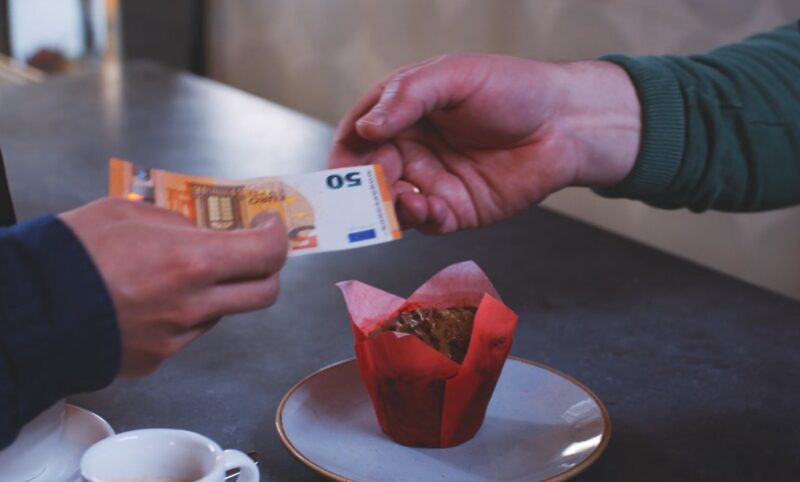
Always be cautious of where you exchange your money. Tourist-heavy areas might offer less favorable rates.
Double-check the exchange rate and compare it to the mid-market rate to ensure you’re not getting ripped off.
Avoid dynamic currency conversion. This happens when stores offer to charge you in your home currency instead of the local currency.
It might seem convenient, but the exchange rate is often much worse. Always choose to pay in the local currency.
Watch out for extra fees on your home bank’s side or from the ATM’s owner. Before your trip, check if your bank has any partnerships with Spanish banks to minimize fees.
Also, keep small amounts of cash for places that might not accept cards.
The Bottom Line
When visiting Spain, you will use the Euro (EUR) for all your transactions.
You cannot use USD directly in Spain. To get the best exchange rate, understand the mid-market rate and use a reliable exchange service.
You can choose from different options for carrying money:
- Travel debit cards
- Euros in cash
Look out for the symbols € and EUR on currency exchange stores and menus.
Being a part of the Eurozone means streamlined travel across 19 countries without the hassle of exchanging currencies, making your trip easier and more enjoyable.

